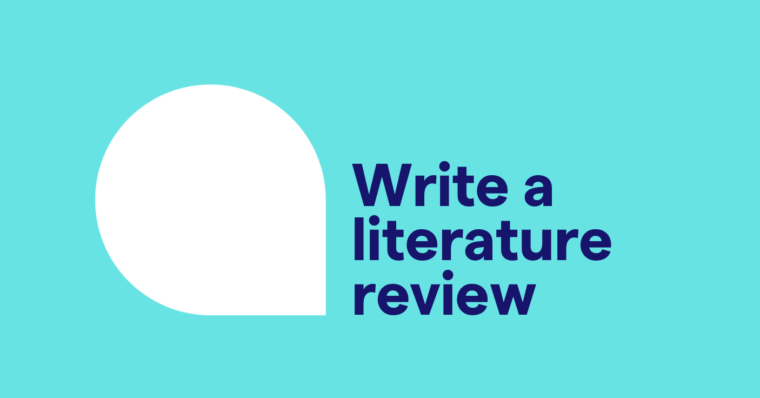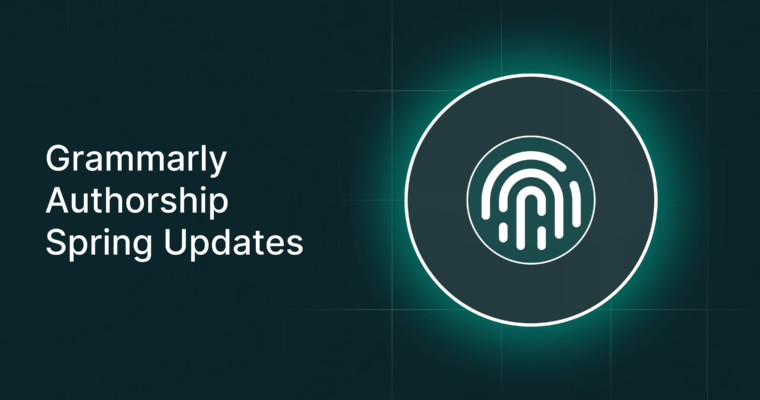
A well-crafted literature review is a cornerstone of academic research. It allows scholars to establish a foundation for their work, critically assess existing knowledge, and identify gaps that need further exploration. Whether you’re working on a research paper, a dissertation, or a thesis, mastering the art of literature review writing is essential. This guide will walk you through the process, from defining your research question to synthesizing and writing your review effectively.
Table of contents
Steps to writing a literature review
Examples of well-written literature reviews
What is a literature review?
A literature review is a critical analysis of existing research on a specific topic. Unlike a research paper, which presents original findings, a literature review synthesizes previous studies to provide a comprehensive overview of the topic. It helps to:
Contextualize
A literature review situates your research within the existing body of knowledge. It provides an overview of previous studies, highlighting the evolution of ideas and key developments in your field.
Identify research gaps
By critically analyzing past research, you can identify areas that need further exploration, providing justification for your study.
Avoid duplication
Conducting a literature review ensures that your study does not merely replicate previous research. Instead, it helps you build upon existing work, fostering originality.
Create a theoretical framework
A literature review plays a crucial role in shaping the theoretical foundation of your research. Understanding past theories and methodologies can help you construct a strong framework to support your study. Steps to writing a literature review
1. Define your research question
Before you start searching for literature, clearly articulate your research question. A well-defined question will guide your search and help maintain focus.
Example of an effective research question:
How does social media usage impact the mental health of college students?
2. Conduct a comprehensive literature search
Gather relevant sources by exploring academic databases, journals, and libraries. Some useful resources include:
- Google Scholar
- PubMed (for medical and psychological studies)
- JSTOR (for humanities and social sciences)
- EBSCOhost (for scientific studies and business)
- EconLit (for economics)
- ScienceDirect (for STEM research)
- Your university’s library portal
Tips for effective searching:
- Use Boolean operators (AND, OR, NOT) to refine your search.
- Check citations and references in key articles for additional sources.
- Ensure the sources are peer-reviewed, current, and relevant to your research question.
3. Evaluate and select sources
Not all sources are created equal. Critically assess each study for quality and relevance using these criteria:
- Credibility—Is the study published in a reputable, peer-reviewed journal?
- Methodology—Are the research methods rigorous and appropriate?
- Findings—Are the results significant and relevant?
- Limitations—Are there biases or gaps in the study?
Read the abstract for each source to help you answer the questions above. Keep detailed notes on each source, summarizing key points and identifying connections between studies.
4. Organize the literature
Structure your review logically and coherently. Common ways to organize a literature review include:
Thematic approach (best for interdisciplinary topics)
Group studies based on key themes or concepts.
- Example: If you’re researching social media and mental health, themes might include:
- Social media and anxiety
- Social media and depression
- The role of screen time in mental well-being
Chronological approach (best for tracing research evolution)
Present research findings in the order they were published to show how perspectives have evolved.
- Example: How studies of social media’s impact on mental health have changed from 2005 to 2024.
Methodological approach (best for comparing research methods)
Categorize studies based on research designs (e.g., qualitative, quantitative, mixed methods).
- Example: Comparing surveys, experimental studies, and case studies on social media and mental health.
5. Synthesize the information
Rather than simply summarizing each study, integrate the findings to provide a cohesive analysis. Highlight:
- Themes or trends—Where multiple studies support the same conclusion.
- Contradictions—Where research findings differ.
- Gaps—Areas where research is missing or inconclusive.
Example of synthesis:
While most studies agree that excessive social media usage is linked to increased anxiety, some research suggests that certain online communities provide mental health support and can have positive effects.
Use direct comparisons (e.g., “While Study A found that …, Study B suggests otherwise …”) to engage with the literature critically.
6. Write your review
Your literature review should follow a structured format:
a. Introduction
- Introduce the research question and explain the scope of your review.
- Provide a brief overview of key themes.
- Explain why this topic is important and how your review contributes to the field.
b. Body
- Present the literature according to your chosen structure (thematic, chronological, or methodological).
- Discuss key findings and provide critical analysis.
- Highlight research gaps and contradictions.
- Use subheadings to improve readability.
c. Conclusion
- Summarize key insights from the review.
- Identify unresolved issues and suggest directions for future research.
- Reinforce the significance of your study.
Maintain a neutral and objective tone—your goal is to analyze and synthesize existing research, not advocate for a specific viewpoint. Examples of well-written literature reviews
Studying high-quality literature reviews can help you understand structuring, synthesis, and critical analysis. Here are some excellent resources:
- University of Leeds—Provides examples of literature review introductions, illustrating how to engage readers effectively.
- Oxford University Press—Offers comparative examples, demonstrating varying levels of effectiveness to guide best practices.
By analyzing these examples, you can gain insights into structuring your literature review, synthesizing multiple sources, and presenting a cohesive academic narrative.
1. Maintain objectivity
Present an unbiased view of the literature by evaluating studies critically rather than favoring one perspective.
2. Be concise
Avoid unnecessary details. Focus on conveying your analysis clearly and succinctly.
3. Use proper citations
Accurately reference all sources using the required academic citation style (three of the most used styles are APA, MLA, and Chicago) to avoid plagiarism.
4. Use an appropriate academic writing style
Do not use contractions, colloquialisms, or informal language. Distinguish between your analysis and prior scholarly work by using the past tense when discussing research and the present tense when discussing your analysis or plans for your research.
5. Revise thoroughly
Proofread your review multiple times to ensure clarity, coherence, and grammatical accuracy. Consider using tools like Grammarly to refine your writing. Common pitfalls to avoid
1. Oversummarization
A literature review is not just a collection of summaries. Instead, it should offer a critical analysis and synthesis of existing research.
2. Lack of focus
Ensure all discussed literature directly relates to your research question. Avoid including irrelevant studies.
3. Inadequate coverage
Strive to include all relevant studies to provide a well-rounded review. Excluding key research can weaken the credibility of your work.
Conclusion
Writing a literature review is a meticulous yet rewarding process. By following the steps outlined in this guide, you can develop a well-structured and insightful review that strengthens your research foundation. A strong literature review demonstrates your understanding of the field and highlights your study’s originality and significance. Grammarly can help you write a polished, comprehensive review that stands out.
Literature review FAQs
What are the 3 parts of a literature review?
A literature review typically consists of three key components:
- Introduction—Establishes the purpose, scope, and significance of the review.
- Body—Summarizes and synthesizes existing research, often organizing sources by themes, trends, or methodologies.
- Conclusion—Highlights key insights, identifies research gaps, and explains how the review informs your own study.
What are the 5 C’s of writing a literature review?
To craft a strong literature review, keep the five C’s in mind:
- Cite—Reference relevant studies to support your discussion.
- Compare—Highlight similarities and differences between sources.
- Contrast—Show opposing viewpoints and debates in the field.
- Critique—Evaluate the credibility, strengths, and limitations of the research.
- Connect—Explain how the reviewed literature relates to your research question.
Where does the literature review go in a dissertation?
The literature review typically appears after the introduction and before the methodology section. It sets the stage by providing background research, identifying gaps in the field, and justifying the need for your study.
What is the difference between a literature review and an abstract?
An abstract is a concise summary of your research, typically around 150–250 words, highlighting key findings and conclusions. A literature review, on the other hand, is a comprehensive analysis of existing research related to a topic, synthesizing different sources to establish context and direction for a study.
What is the difference between a literature review and an annotated bibliography?
An annotated bibliography is a list of sources with brief descriptions and evaluations of each, often written as individual summaries. A literature review, however, weaves multiple sources together into a structured narrative, analyzing relationships and themes across the research. While an annotated bibliography focuses on each source independently, a literature review synthesizes information to provide a cohesive overview of a topic.






